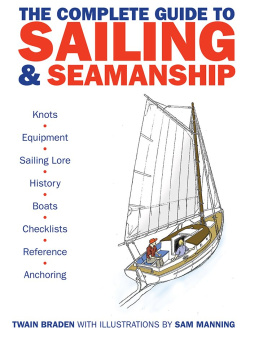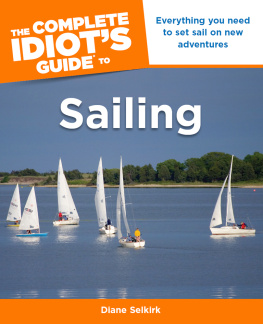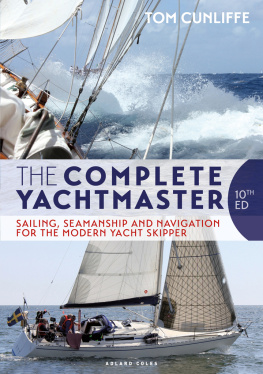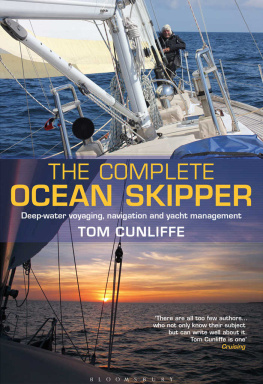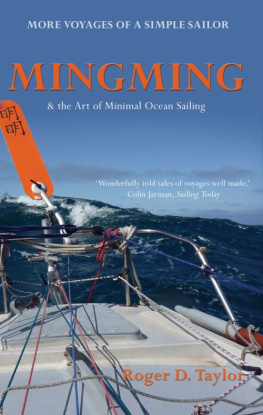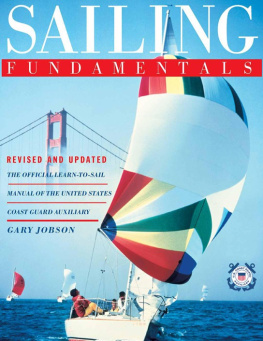All rights reserved .
No part of this book may be reproduced in any form or by any electronic or mechanical means, including information storage and retrieval systems, without written permission from the author, except for the use of brief quotations in a book review .
After Irma and Maria
Unlucky Strikes
W hat Happens Now?
Hurricanes are a fact of life in the Caribbean. Just as the monsoons batter Asia every year and cyclones create havoc in the Pacific, hurricanes hammer the islands of the Caribbean and the Atlantic and the coast lines of Central America and the continental USand sometimes even end up in Europe .
They come every year, and every year the islands get buffeted. Some islands just get grazed, others take a horrendous beating. Some, like poor Haiti and its neighbor, Cuba, get run down year after year. Islands that are above the magic 12 40 N parallel of latitude are all susceptible to the hurricanes rough embrace, those below largely exempt .
Some years the most powerful storms rage impotently, touching land nowhere and disappearing from public memory. In other years, individual hurricanes seem to bounce from one island to the next wreaking extraordinary havoc as they go. Almost every island in the Caribbean has its own story of desolation and destruction. But still the residents persist, rebuilding and picking up the pieces. As will happen this year, too. Its home. Its what you do .
A s we write this, the 185 MPH winds of Irma and Maria have destroyed much of the infrastructure of the biggest sailing centers of the Caribbean. The British Virgin Islands, St. Martin, Dominica, the US Virgin Islands and Puerto Rico are torn asunder. But within a few weeks, a few months, the green shoots will poke out and regrowth will commence. As we have seen in the Virgin Islands already, new growth is decorating the hills just a month or two after the storms passage. But it wont be like it was before. At least not right away .
Or, to be more exact, it will be like it was beforetwenty years before .
Where there have been fine restaurants and themed bars there will be the old originalpeople on a beach with a cooler full of beers and fish on the grill. There will be a generator for the blenderand for the music. For many sailors, that is the preferred mode. The sailing will be as fine as ever, the sailors probably finer, in that the feeling of camaraderie will be strong. There will be guitars. There will be dancing on the beach .
I f that seems daunting, bear in mind there are dozens of destinations in the Atlantic and Caribbean without any of the complications weve described. From the Bahamas to Grenada there are islands aplenty, each with its own charms, its own language and history. Maybe nows the time to pull out the charts and take a look at whats out there. The major charter companies have bases in many of these locations: The Moorings and its sibling, Sunsail, have bases in Antigua, St. Lucia, Grenada, St. Vincent, and Canouan and have just announced a new Exuma base in the Bahamas. Horizon Yacht Charters are also in Antigua, Grenada and St. Vincent. Dream Yacht Charters are in Guadeloupe, Martinique, St. Vincent, and Grenadaas well as Cuba .
And there are plenty of local operators with boats on the dock in these and other locations ready to welcome you aboard. So, if you had been thinking of going to the Caribbean this year, hold on to that thought. Get in touch with your preferred charter companies and ask for their suggestions .
D epending on crew experience and, yes, confidence, there may be more options than you had thought .
Sailors have told us again and again that every year or two they feel the tug of the islands. I need the Caribbean, they tell us. Well, right now the islands need them, need us .
It may be a little complicated finding the right charter at the right time but the effort will be worth it. And youll be taking part in the revitalization of people and place that, without timely intervention, may not quickly flourish to their full potential .
In the words of the immortal Captain Ron: If its going to happen, its going to happen out there. Lets go. Lets make it happen .
Introduction
C hartering a yacht in an unfamiliar location is not much different from renting a car in a foreign country. You know how to drive and you know how to read a mapin fact you have a trusty electronic assistant to help with that part. But its the other traffic, the unfamiliar signs, the roundabouts, and the overpasses that give you pause .
Do I turn left or right here? Is that a good place to park? What does that sign mean? The gas-oil, is that diesel or petrol? Oops, I mean gasor do I? As with driving abroad, its the first day or two that are the most challengingeven when coping with driving on the opposite side of the road, or with a confusing signage system. But by the end of a week youre charging down the Autobahn like you were born to it .
You can read all the books, study up on the regions, talk to friends who have done it before, but once you step aboard a 40-foot-plus yacht crewed by your family or friends in often breezy conditionswell, things can seem a bit daunting. Especially when the weather forecast is in an unfamiliar language or dialect, delivered via a crackling radio .
W ere here to help. Weve spent years sailing the Caribbean and know that our experience could be of benefit. We aim to share our knowledge and a few tricks weve picked up about the region and its inhabitantsand to have you confidently sailing a modern yacht around some of the most beautiful and accessible cruising grounds the world has to offer .
Now, bareboating Caribbean style doesn't have to mean sloppy sailing with a Red Stripe in one hand while you steer with a sunburnt foot. Rather, it means confidently sailing a well-appointed yacht in close-to-ideal conditions without the issues that often plague higher latitude sailorsunpredictable weather, chilly temperatures, foul weather gear, fog, big tidal ranges, and strong currentsor windless days better suited to water skiing than sailing. At least not all the time .
Y achts in the worlds charter fleets have become rather sophisticated in recent years. They boast greater sail area and more intricate systems. Many now sport generators, air conditioning, and a wi-fi connection. Some larger models might even power a watermaker .
This sophistication brings with it a greater convenience but it can also bring greater complication and confusion. Electrical systems can always misbehave, generators can quit in the middle of the night. Murphys great law prevails: If it can, it will. (Break down, that is). But fortunately, along with the sophistication of the sailing yachts there has been a related improvement in customer servicehelp is but a (free) phone call away .
Sailing is an art. Theres a science to it, of course. But there is rarely just one correct way to do anything on a boat, bareboat or otherwise .
Whether it be docking, anchoring, sailing upwind or down, tacking or jibing, there is almost always more than one way of pulling it off .


